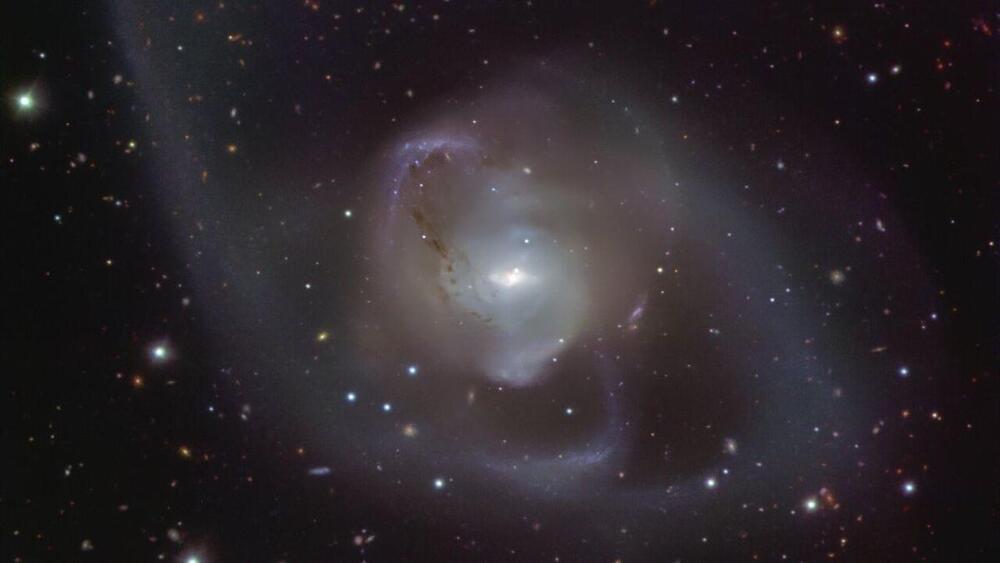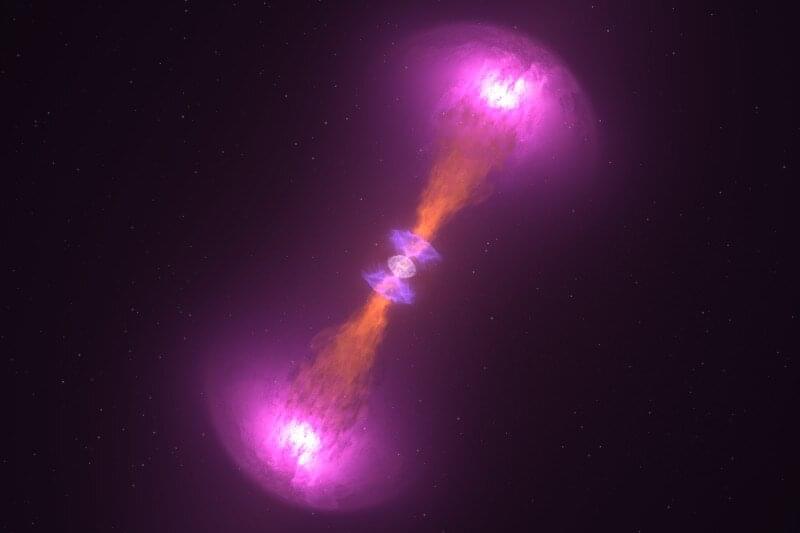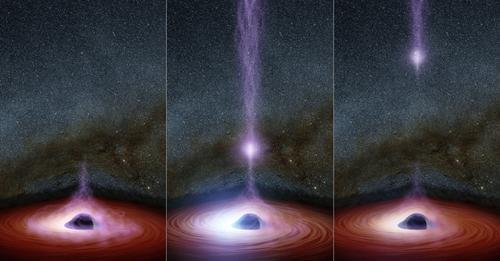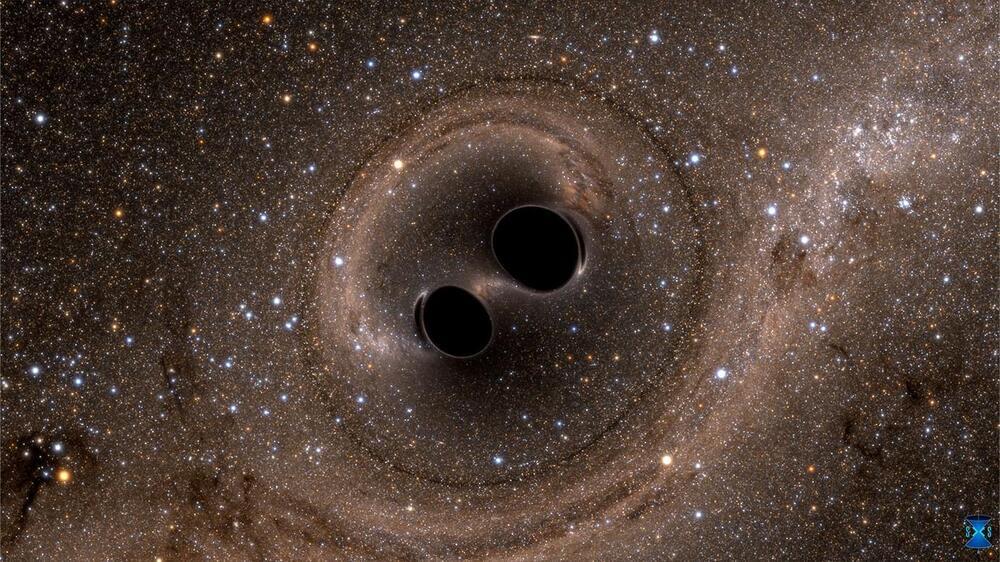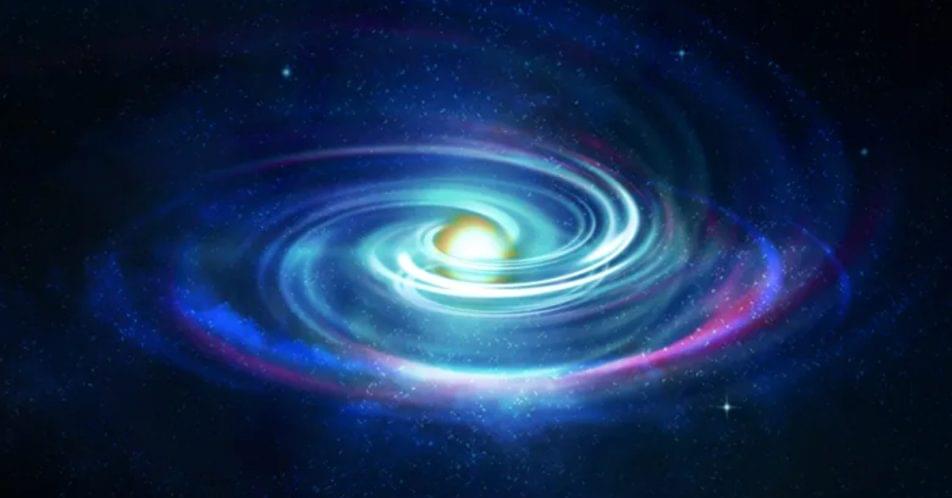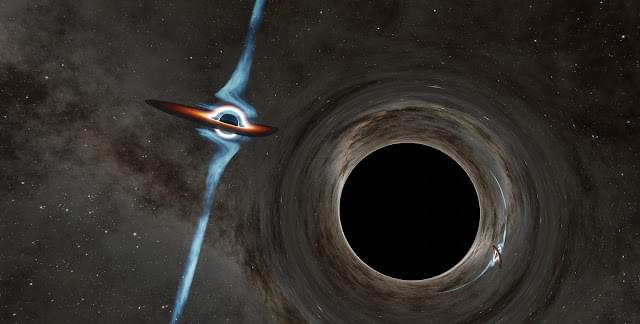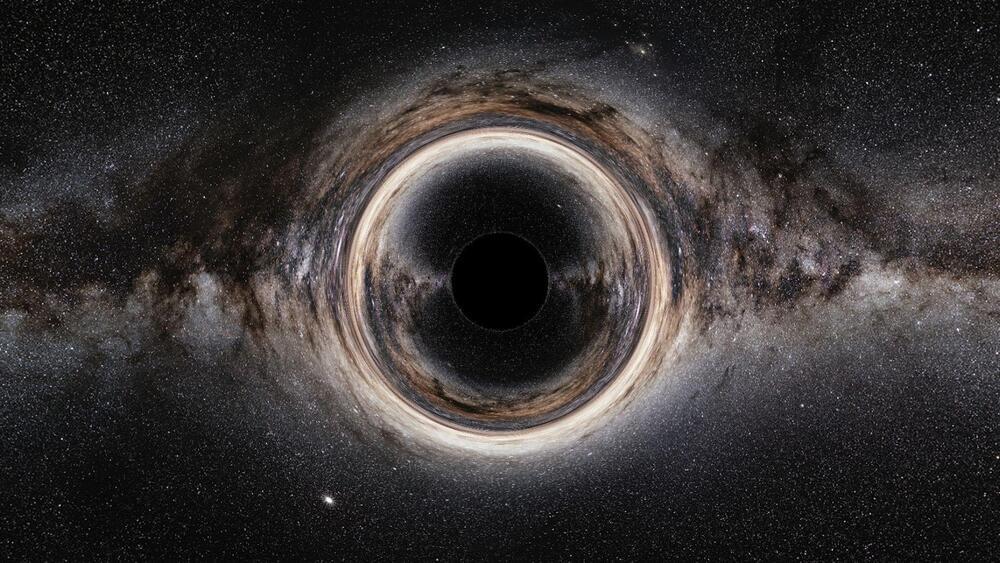Aug 21, 2022
Evil doppelgängers, alternate timelines and infinite possibilities: the physics of the multiverse explained
Posted by Dan Breeden in categories: cosmology, physics
The word ‘universe’ once described everything that exists. But as our horizons have expanded, many scientists have begun to consider what’s beyond our own cosmos, and…

